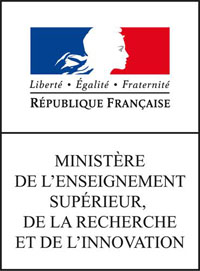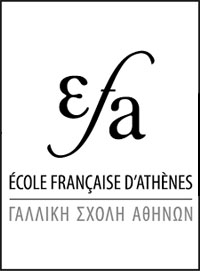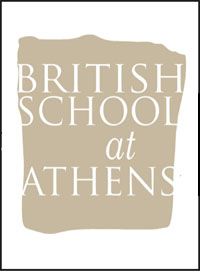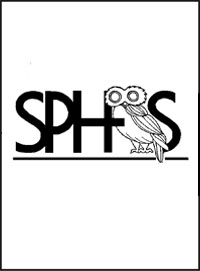GOURNIA - 2013
Informations Générales
Numéro de la notice
4551
Année de l'opération
2013
Chronologie
Mots-clés
Citerne - Maison - Four - Métal - Pierre - Installation hydraulique - Espace public - Habitat - Production/extraction - Voierie - Bâti - Mobilier et aménagement du bâti - Matériaux - Espaces
Nature de l'opération
Institution(s)
Toponyme
Notices et opérations liées
Description
Gournia. L. V. Watrous (ASCSA/Buffalo) reports on the 2013 excavation season. Within the central building, an earlier construction consisting of a room (A) equipped with benches and a pebble floor, was abandoned in Middle Minoan IB. North of this a bench and a surface may come from another room of MM IB or later date. Also to the north of room A was an extensive MMIB cobbled surface. A pebble surface overlay the cobbles and Early Minoan building remains lay underneath it. A trench in room 17 of the central building’s south front revealed a MM III fire destruction followed shortly thereafter by a fill consisting of many fineware cups, bowls and a few incense burners. Three trenches in the public court revealed a Late Minoan I fill east of house Ha, a MM II drain laid on bedrock and overlying it a MM III fill interpreted as related to the laying out of the court. Excavations on the megalithic ‘tower’ at the northeast corner of the central building suggest it was an LM IB addition constructed around an earlier Protopalatial structure of unknown function. To the north, a trench immediately to the west of house Aa revealed a MMII-III destruction level.
On the northern edge of the excavated settlement, trenches to the west of the Northeast building revealed two magazines containing LM IB vases. A pit furnace associated with LM IA bronze working debris was found to the west of house Eb overlain by a LM IB destruction layer and a LM IIIA stratum. A Protopalatial street and cistern were found to the north of the Pit House. The cistern was filled in when the Pit House was rebuilt in LM I. A collapse level of MM III-LM IA mud-brick, plaster, burnt pottery and carbon, which covered the cobbled street, is also interpreted as associated with the rebuilding of the pit house.
Auteur de la notice
Matthew HAYSOM
Références bibliographiques
Unpublished field report, ASCSA.
Date de création
2014-08-12 00:00:00
Dernière modification
2023-10-18 07:49:01








